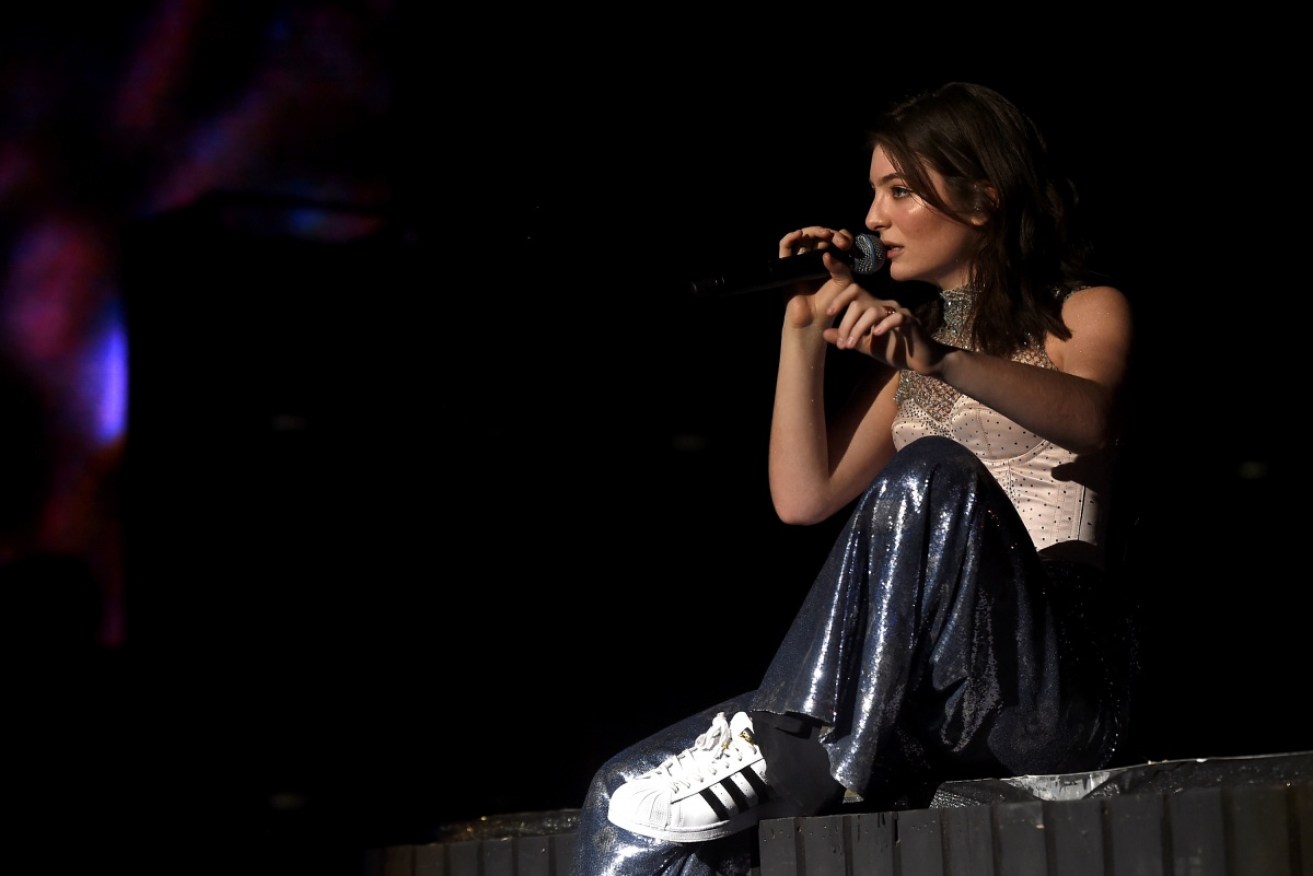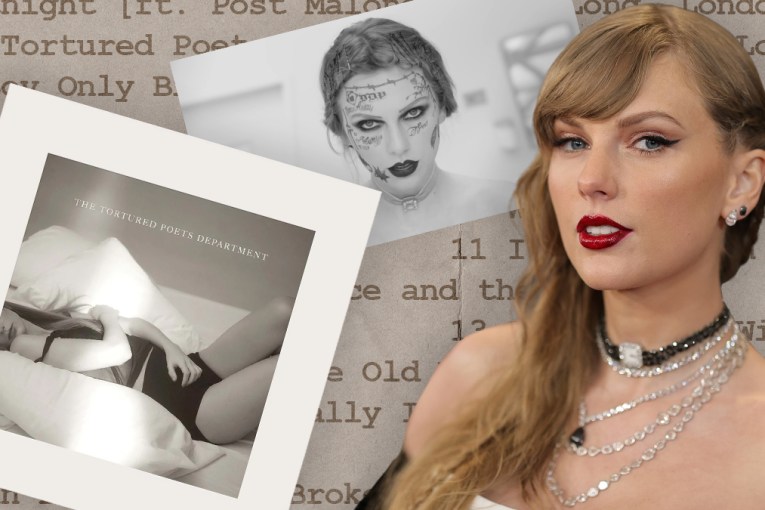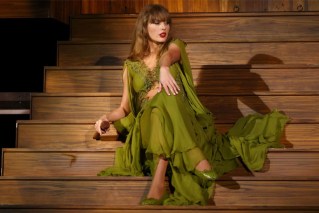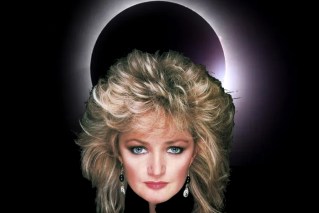The bizarre brain disorder that colours Lorde’s music


Lorde is not the only musician to be diagnosed with synesthesia. Photo: Getty
‘Royals’ pop star Lorde has been known to see red when it comes to paparazzi, but she also sees colours when writing her songs.
She’s told of how when she plays a note on a keyboard, a particular colour flashes into her mind.
When she doesn’t like the colour, she’ll keep playing around until a more agreeable tone – visually and aurally – is found. In effect, the songs emerge in similar way to a painting.
“From the moment I start something, I can see the finished song, even if it’s far-off and foggy,” she recently told the New York Times. “It’s about getting the actual thing to sound like what I’ve been seeing.”
The colour-coded music is caused by a poorly understood cross-wiring in her brain – a neurological condition called synaesthesia.
It affects up to four per cent of the population, according to a 2011 study in the journal PLOS Biology.
There are more than 60 types of synaesthesia. The more common diagnoses include chromesthesia, Lorde’s condition, where certain sounds trigger the perception of certain colours.
There’s also grapheme-colour synaesthesia, where people see numbers and letters as colours – which means reading a book is an endlessly trippy experience.
Even spookier is lexical-gustatory synaesthesia, where hearing certain words triggers certain flavours on the tongue, while spatial-sequence synaesthesia causes abstract numbers, such as dates and times, to visually appear as points in space.
Synaesthesia appears to have a genetic component, and involves an increased number of connections in the brain’s sensory regions. But it’s also developed in some people after using drugs or suffering brain damage.

There are strong clues that Jimi Hendrix might have had Chromesthesia.
Chromesthesia seems to be the musician’s affliction of choice; there have been plenty of famous cases. Jimi Hendrix reportedly called his famous chord E7#9 – taken and worshipped by guitarists – as “the purple chord”. It provides a key tonal foundation in his song, Purple Haze.
Songwriter Tori Amos was blessed with the neural glitch. In her autobiography, she writes: “Obviously similar chord progressions follow similar light patterns, but try to imagine the best kaleidoscope ever.”
Even Mozart was said to have called the D major chord “orangey” while the more sombre B minor was “black”.
Kanye West, Lady Gaga, Duke Ellington and Leonard Bernstein all claimed the sensation-fusing condition.
Pharrell Williams believes just about everyone is touched to some extent – but he tends to talk everything up. By the way, his song Happy, he says, is yellow (just like the smiley face) with a hint of mustard and sherbet orange.
According to New Musical Express, Lorde finds the colour-coding approach to composing not always comfortable – as was the case when she was writing Tennis Court.
“If a song’s colours are too oppressive or ugly, sometimes I won’t want to work on it. When we first started Tennis Court … it was the worst-textured tan colour, like really dated, and it made me feel sick, and then we figured out that pre-chorus and I started the lyric, and the song changed to all these incredible greens overnight!”
Her latest single is Green Light.








